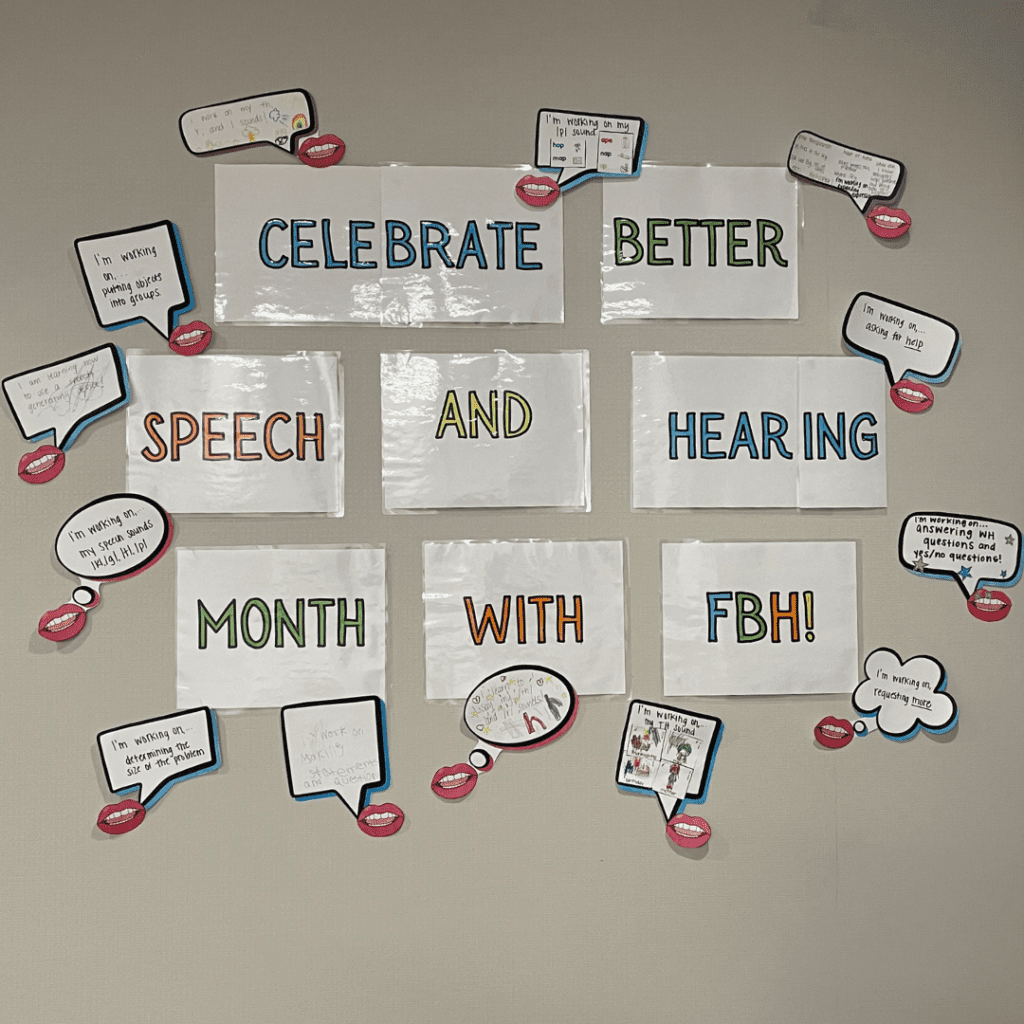Homework can be a challenge for every student, but those challenges are magnified for neurodiverse learners or kids with learning challenges. These kids can really benefit from extra support and structure, as well as visual cues. Here’s how to take the pain out of homework.

1. Set up the environment for success
The first step is to establish a designated place in the home for homework. There should be no distractions (like screens, pets, toys, and even siblings, if possible), and all of the supplies your learner will need should be within easy reach. To facilitate this, I recommend setting up a homework caddy. It can be a simple shower caddy or a more elaborate system. Everything your learner might need, like highlighters, markers, pens, glue, scissors, extra sharpened pencils, and paper, can be stocked in the caddy. That way, if a pencil tip breaks or your child needs some scratch paper, they can grab it quickly and stay on track.
2. Keep to a schedule
Some kids like to get started with homework as soon as they get home from school, while others want to take a short break to relax before getting started. Still other children have after-school activities that may limit their available homework time. Whatever your family’s preference, it helps to have them do homework at a consistent time – preferably before dinner, so it’s not too late – each weekday.
3. Help your child develop executive functioning skills
Homework isn’t just about the assignment’s content. Homework’s value also comes from the opportunity to practice and develop executive functioning skills. They include:
- Prioritizing – which assignment needs to be done first, and why? Which ones need to be done today, and which can be saved for later in the week?
- Predictive skills – how long will the assignment take? Over time, your child will get better at estimating how long a task will take.
- Chunking – rather than looking at the whole, overwhelming worksheet or project, practice the art of breaking a project down into bite-sized tasks.
4. Celebrate!
Rewards are important tools to help establish good homework habits. A sticker chart, where each completed assignment gets a sticker and the child gets a reward after a certain number of stickers are earned, can be a great motivator for younger learners. Older learners can earn tokens for each day of completed homework for a delayed reward at the end of the week. Ultimately the goal of all these homework techniques is to teach your child self-management and self-reward skills in addition to time management. Before you know it, they’ll be taking responsibility for their own homework.
On behalf of the whole Frazier Behavioral Health team, best wishes for a wonderful new school year!
Frazier Behavioral Health is dedicated to delivering evidence-based, individualized therapy for children and adults with behavioral, physical, social, communication, and sensory issues. Our mission is to assist these individuals in becoming their best selves and create enhanced outcomes at home, at school and in the community.


